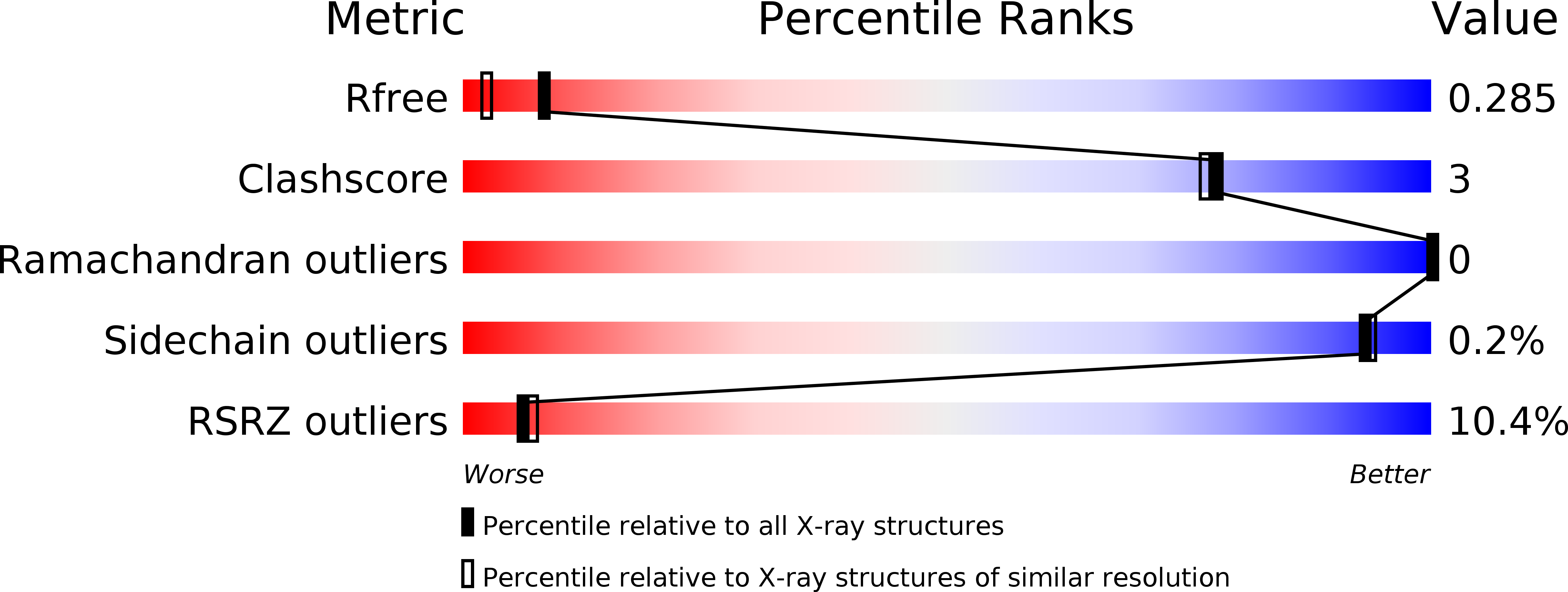
Deposition Date
2009-05-14
Release Date
2010-03-02
Last Version Date
2023-11-01
Entry Detail
PDB ID:
3HGM
Keywords:
Title:
Universal Stress Protein TeaD from the TRAP transporter TeaABC of Halomonas elongata
Biological Source:
Source Organism:
Halomonas elongata (Taxon ID: 2746)
Host Organism:
Method Details:
Experimental Method:
Resolution:
1.90 Å
R-Value Free:
0.25
R-Value Work:
0.21
R-Value Observed:
0.22
Space Group:
P 21 21 21


